Diesel era will end ‘sooner’ than predicted: report
An updated report on sustainable fleets is suggesting the end of the diesel era is nigh, highlighting massive investments in zero-emission vehicles, tightening emissions controls, and rising fuel costs.
“The past 18 months have laid the roadmap for a zero-emission future in many states and produced early signals that the era of the diesel engine, the workhorse of HD [heavy-duty] vehicles, will end sooner than many predicted,” concludes State of Sustainable Fleets – an annual report by Gladstein, Neandross and Associates, issued at ACT Expo.
Public incentives for clean vehicle technologies have reached “historic highs” in the U.S. and will annually average US$32 billion over the next four to five years. (All figures in U.S. dollars.) In contrast, the report observed that Daimler and Navistar have both signaled plans to sunset diesel development plans.
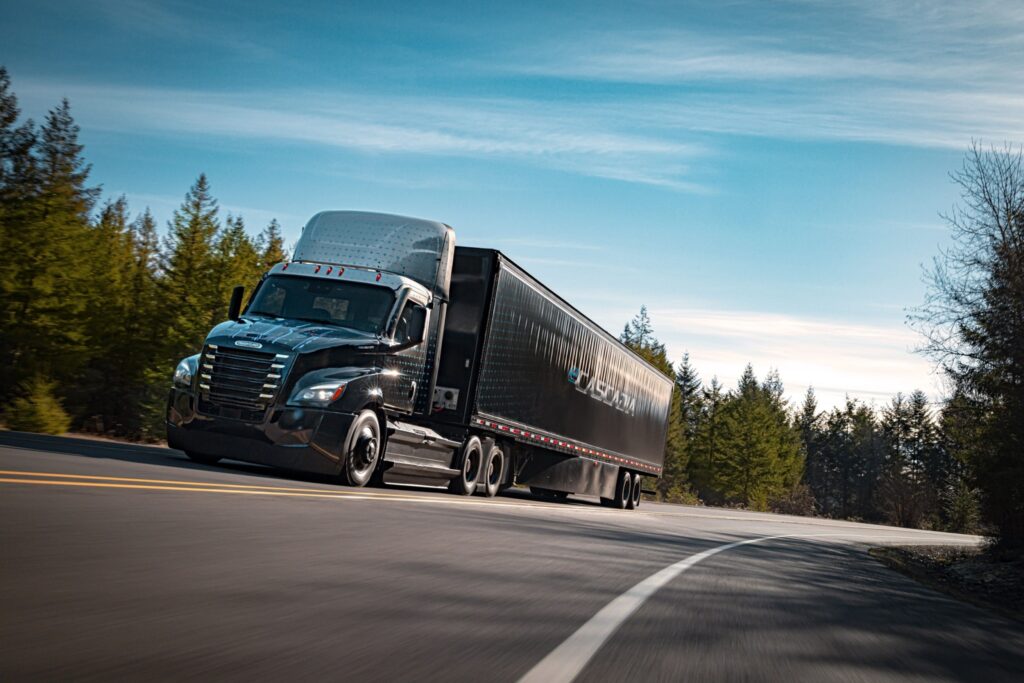
“Most HD OEMs will join Daimler and Navistar in announcements that portend the end of the diesel era given new regulatory and demand signals. While diesel vehicles will continue to lead for many years, manufacturers will increasingly shift investments into clean drivetrain development and production,” State of Sustainable Fleets predicts.
Emissions regulations and sales mandates
Increasing regulatory pressure is already coming in the form of California’s zero-emission vehicle (ZEV) sales mandates adopted or considered by 13 states and the District of Columbia. And new NOx standards unveiled by the U.S. Environment Protection Agency join similar California rules that are expected to add $30,000 to the cost of a new Class 8 tractor.
In the midst of it all, 75% of the surveyed fleets that have never used clean drivetrain technologies plan to increase their use in the next five years.
Nearly 30,000 medium-duty battery-electric vehicles (BEVs) have already been ordered, largely in the form of Ford and GM products, the latter of which includes the BrightDrop delivery van produced in Ingersoll, Ont.
But significant challenges remain for emerging options such as battery-electric vehicles, hydrogen fuel cells, and alternative fuels.
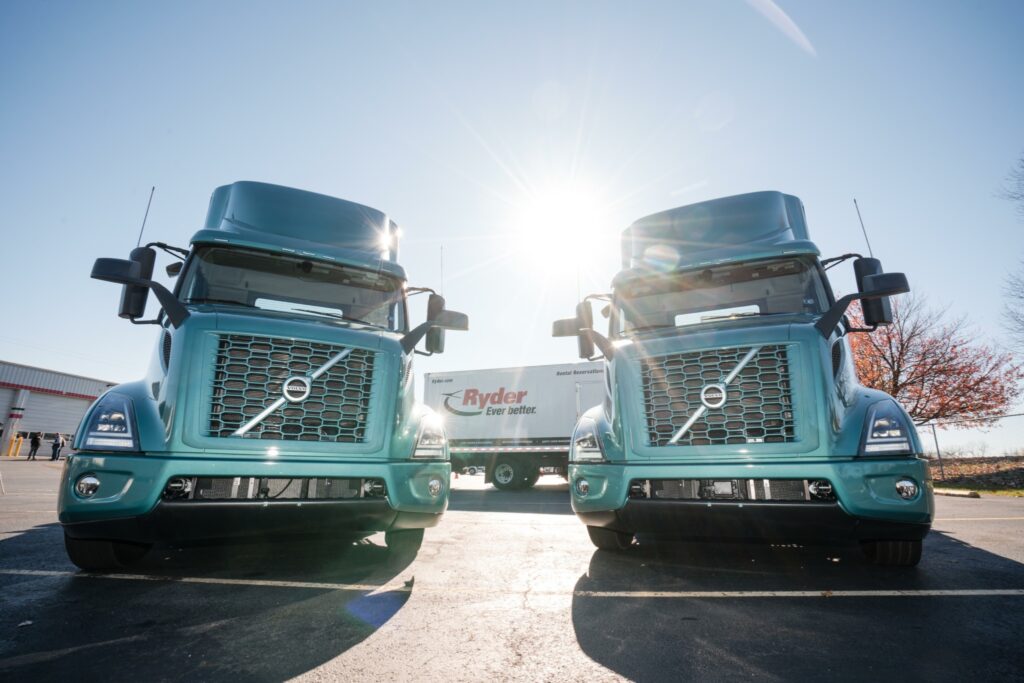
Electric truck costs and infrastructure challenges
The base price of a Class 8 battery-electric truck is now $350,000 to $500,000 — three to five times the price of its diesel-powered alternative, the report notes, referring as well to supply chain disruptions.
“Fleets that overcome the vehicle price barrier can still face multi-year queues for electrical service and concern over charging during flex alerts and rolling brownouts and blackouts. Government and industry committed hundreds of billions of dollars to infrastructure development in 2022 to bridge the gap, but grid capacity must grow by 60% before 2030 to meet national electrification goals,” State of Sustainable Fleets adds.
Most of the BEVs adopted so far are being charged “behind the fence”, with 83% of surveyed users relying on their own charging infrastructure.
“Even with high interest among fleets of all types, BEV deployments remain modest and tend to comprise a small fraction of fleets’ overall vehicle population,” the report says.
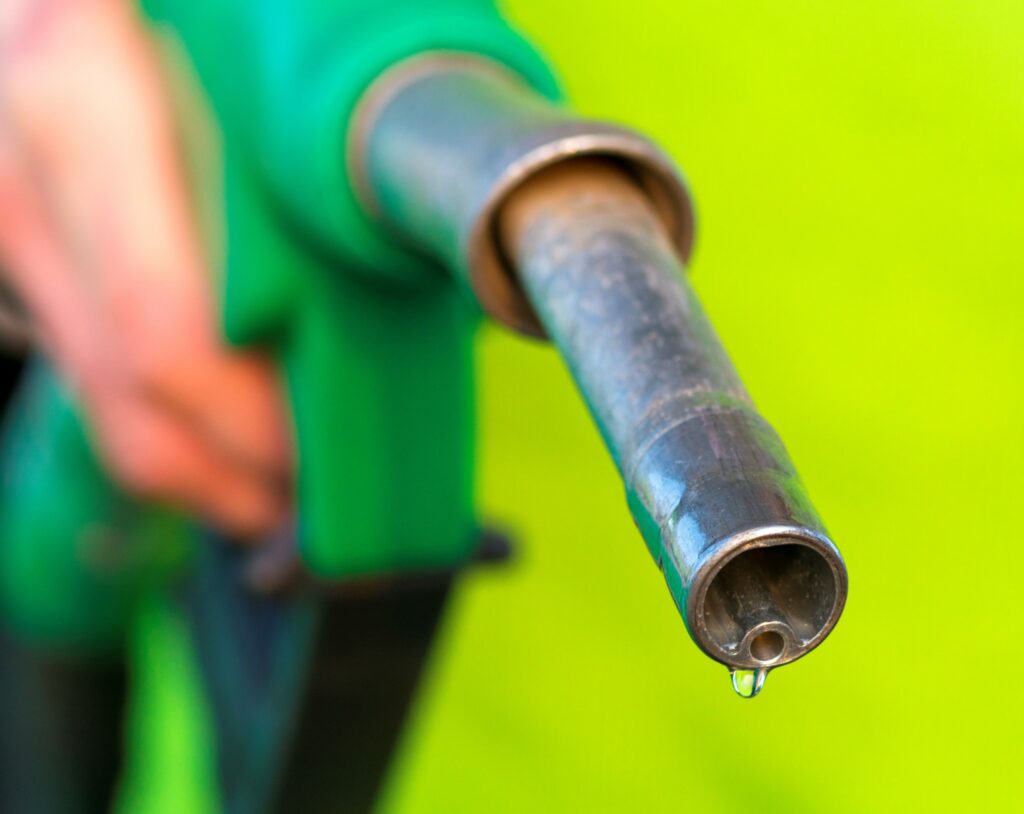
Diesel prices and alternative fuels
Prices of petroleum-based fuels have reached price peaks of their own, of course, with gasoline and diesel prices rising a respective 41% and 56% in 2022 because of factors such as inflation and the war in Ukraine. In contrast, biodiesel blends were still about 5% cheaper than diesel, while carbon credits delivered renewable diesel at equivalent or better prices.
Compressed natural gas (CNG) and renewable natural gas (RNG) were cheaper in their own rights. Production of renewable diesel also doubled in 2022, while all the CNG available in California is now RNG. New engines are emerging to use both fuels. Paccar, for example, plans to offer a 15-liter CNG engine in its models, and Walmart is testing the Cummins X15N in California.
Even propane continues to be a cost-effective option for medium-duty fleets, with a fuel price that sits below gasoline despite a 15% year-over-year increase.
“This decade will be marked by fleet operators running more clean fuels and vehicles alongside their conventional petroleum-based fleets. Although the rate at which these incumbent fuels shift out of focus will depend on commercial, regulatory, and fleets’ own decision factors, diesel and gasoline will eventually become the ‘alternative’ solutions for most fleets. That time in the future will be one of the biggest milestones for the history of this industry – and may be closer than many experts think,” the report says.
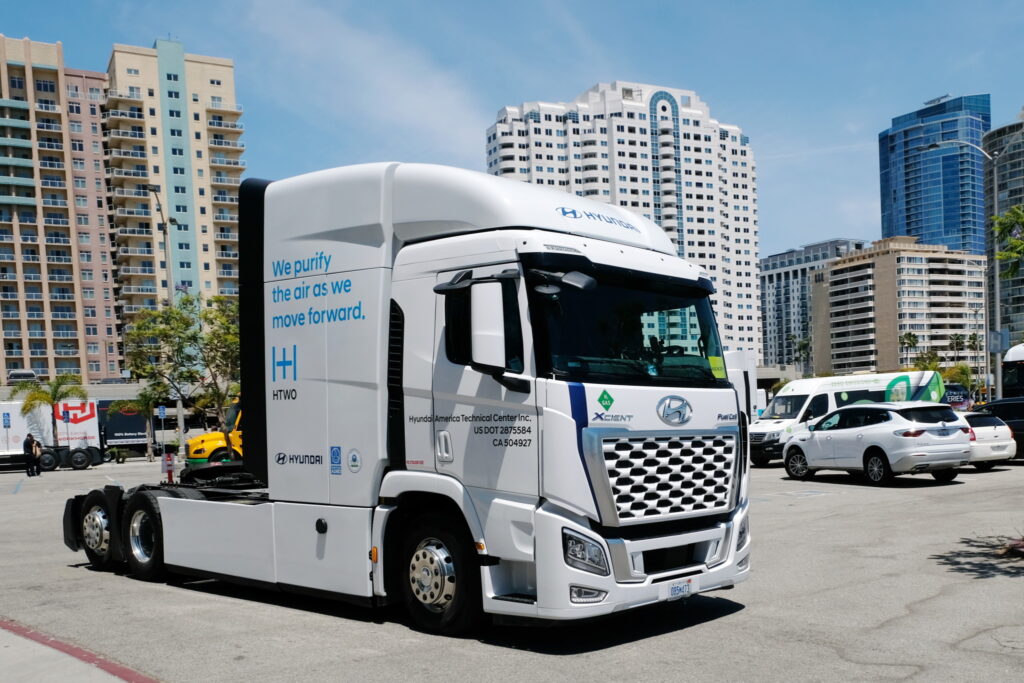
Hydrogen fuel cells
Then there’s the promise of hydrogen.
Hydrogen fuel projects announced in 2022 will also add more than 900 metric tons of that fuel per day by 2023, the report says. This comes as Hyundai prepares to demonstrate its Xcient tractor, Hyzon delivers units in California and Texas, and Nikola prepares to deliver models in the third quarter of 2023 now that its trucks are approved for incentives in California.
As promising as that sounds, fewer than 100 fuel cell electric vehicles were ordered in 2022, down from 140 in 2021 – largely as manufacturers shifted priorities. (Hyzon was dealing with legal concerns and production challenges, while Nikola prioritized battery-electric trucks.)
At the lighter end of the scale, battery-electric yard trucks may be approaching “record deployments”, the report concludes, noting the orders for such yard trucks tripled in 2022, with 600 new ordered units due for deliveries in the next few years. Half of that is attributed to Amazon’s order of 329 units from Gaussin, which is opening its first U.S. production facility in 2023. Orange EV has now delivered 500 electric yard trucks of its own.
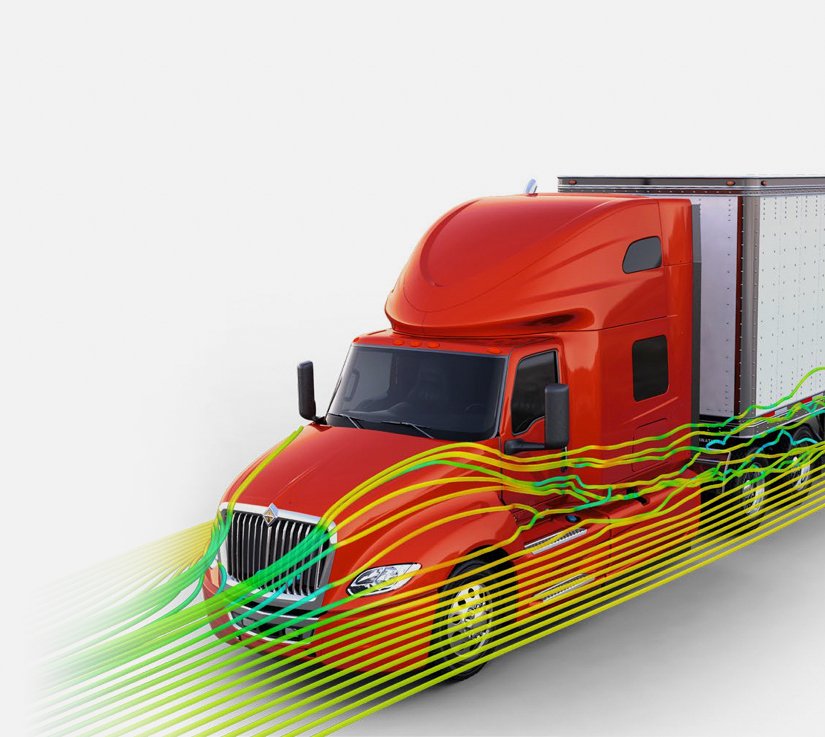
Fuel economy gains
In the midst of it all, fuel economy gains for diesel-powered equipment appears to have plateaued, the report says, citing findings by the North American Council for Freight Efficiency (NACFE). Early adopters of fuel-saving technologies in an annual NACFE study saw fuel economy improve just 1.1% between 2017 and 2021, while “behavioral” shifts — such as allowing drivers to travel at higher speeds – have negated some fuel economy improvements.
“Terminal congestion has also forced drivers to idle longer, and the rising cost and limited availability of trucks [new and used] have caused fleets to extend their typical replacement cycle and hold onto older, less-efficient vehicles for longer.”
Have your say
This is a moderated forum. Comments will no longer be published unless they are accompanied by a first and last name and a verifiable email address. (Today's Trucking will not publish or share the email address.) Profane language and content deemed to be libelous, racist, or threatening in nature will not be published under any circumstances.
Gas and diesel are dirty fuels and electricity costs are hidden. Generating hydro has enormous costs and there is a great shortfall in production until then natural gas and propane can hold us over for the near future. Let’s stop pretending and using the Ostrich principle!
While the proposed vehicles may work for shunting and short haul regional applications, until a reliable system is tested that gives a range of approx 1000km in mountainous terrain, with a reserve of 25% it will be impractical to run in long haul applications. The down time due to charging requirements will add intolerable delays to delivery schedules and the impact on hours of service for the drivers has yet to be addressed.
If we dont get the eco activist blinders off and actually start to pay attention to the real experts, who have simply pointed out that this science fiction fantasy can not work. The disaster that we are wallowing in might not ever be recovered from fully.
To think that the electric grid is going to increase 60% by 2030 is not possible.